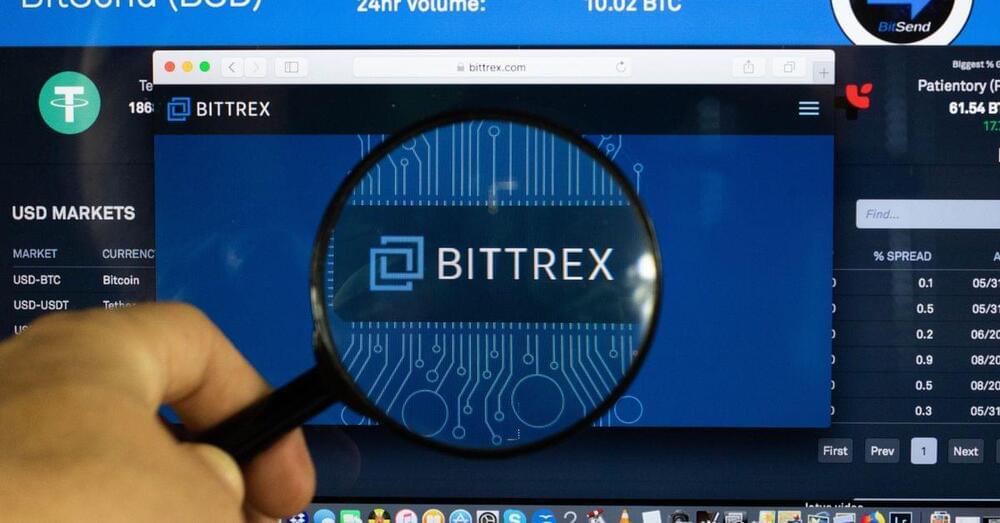😗😁
Ten dead people are the lucky test subjects.


😗
Root canal treatment removes the infection and bacteria from the core of a tooth — the pulp chamber. These bacteria are often present within the canals of the teeth. However, proper treatment saves a badly infected natural tooth from needing to be extracted. Sufficient cleaning of the root canals is a key step of RCT. A lack of proper canal debridement can cause bacteria to thrive — a significant cause of RCT failures.
The tooth is washed with antibiotics or other chemicals that kill the bacteria to get rid of the infection. However, some teeth have complex root structures, and conventional ways of cleaning them are not enough to remove all bacteria. That’s one area where dental nanorobots can help. Nanorobots are showing promise in different steps of RCT, even better than traditional ways.
Dental nanorobots, also called nanobots/nanomotors/nano propellers, are designed to reach nooks and crannies within teeth to disinfect even the narrowest and most complex tooth canals during RCT. As the name suggests, nanorobots are microscopic — one-millionth of a millimeter. Dentists need special equipment like electron microscopes to see them. Their tiny size helps them to enter tooth canals and maneuver to depths and through curves not previously accessible.

Last video: major new starship launch update!
https://youtu.be/7ZsormtSkS0► Join Our Discord Server: https://discord.gg/zfMNSnuRQN
► Patreon: https://www.patreon.com/theteslaspace.
► Subscribe to our other channel, The Space Race: https://www.youtube.com/c/TheTeslaSpace.
Mars Colonization News and Updates.
https://www.youtube.com/playlist?list=PLBfN0491sF0SQRy0-pZBjdnBaU6JsWr4BSpaceX

Year 2020 😗😁
Utilizing a multi-step CRISPR-Cas9 screen, researchers from Yale University (CT, USA) have identified two genes within the complex axolotl genome that seem to play an important role in limb regeneration. The study, publi shed in eLife, has overcome the limitations imposed by the size and repetitious areas of the axolotls’ genome to identify the genes through a novel platform, combining CRISPR and fluorescent chimeras.
While some level of regeneration is present in most animals, axolotls possess one of the most extensive capabilities, regenerating a range of tissues, including major organs and limbs, and many believe that the animals may help unlock the ability to regenerate large wounds. The researchers from Yale University have tracked 25 genes that are believed to be involved in the process, identifying two genes as having a considerable role in partial regeneration of the axolotl limb.
“It regenerates almost anything after almost any injury that doesn’t kill it,” commented Parker Flowers (Yale University), one of the authors of the paper.

A new study focuses on the role of the hippocampus, a brain region important for memory, and its place cells which “replay” neuronal sequences.
The researchers built an artificial intelligence model to better understand these processes, discovering that sequences of experiences are prioritized during replay based on familiarity and rewards.
The AI agent was found to learn spatial information more effectively when replaying these prioritized sequences, offering valuable insight into the way our brains learn and process information.


China’s state security authorities raided multiple offices of international advisory firm Capvision, state media reported Monday, part of a broader crackdown on the consulting industry as Beijing tightens control over what it considers sensitive information related to national security.
Officers raided Capvision’s office in the eastern city of Suzhou, questioned its employees and searched office devices, a Jiangsu provincial television station reported Monday. The company was a so-called expert network, which connected its clients with people who provided specialist knowledge, largely in mainland China.
The report did not give an exact date of the raid, but said it was part of a coordinated, nationwide operation carried out simultaneously targeting the company’s branches in cities including Beijing, Shenzhen as well as Shanghai, where Capvision was founded in 2006.
Invertebrates like jellyfish are inspiring flexible ‘soft’ robot designs. They could be used in tight and delicate settings, such as in surgical tools.

Chemists have made an iridescent, plant-based film that gets cooler in sunlight.
The material, which comes in a range of shining colours, could one day coat buildings and cars, lowering the need for air conditioning.
The film exhibits a smart property: called passive daytime radiative cooling, or PDRC, it doesn’t absorb much light, and it radiates heat out at a wavelength that escapes the atmosphere and zooms straight into space.